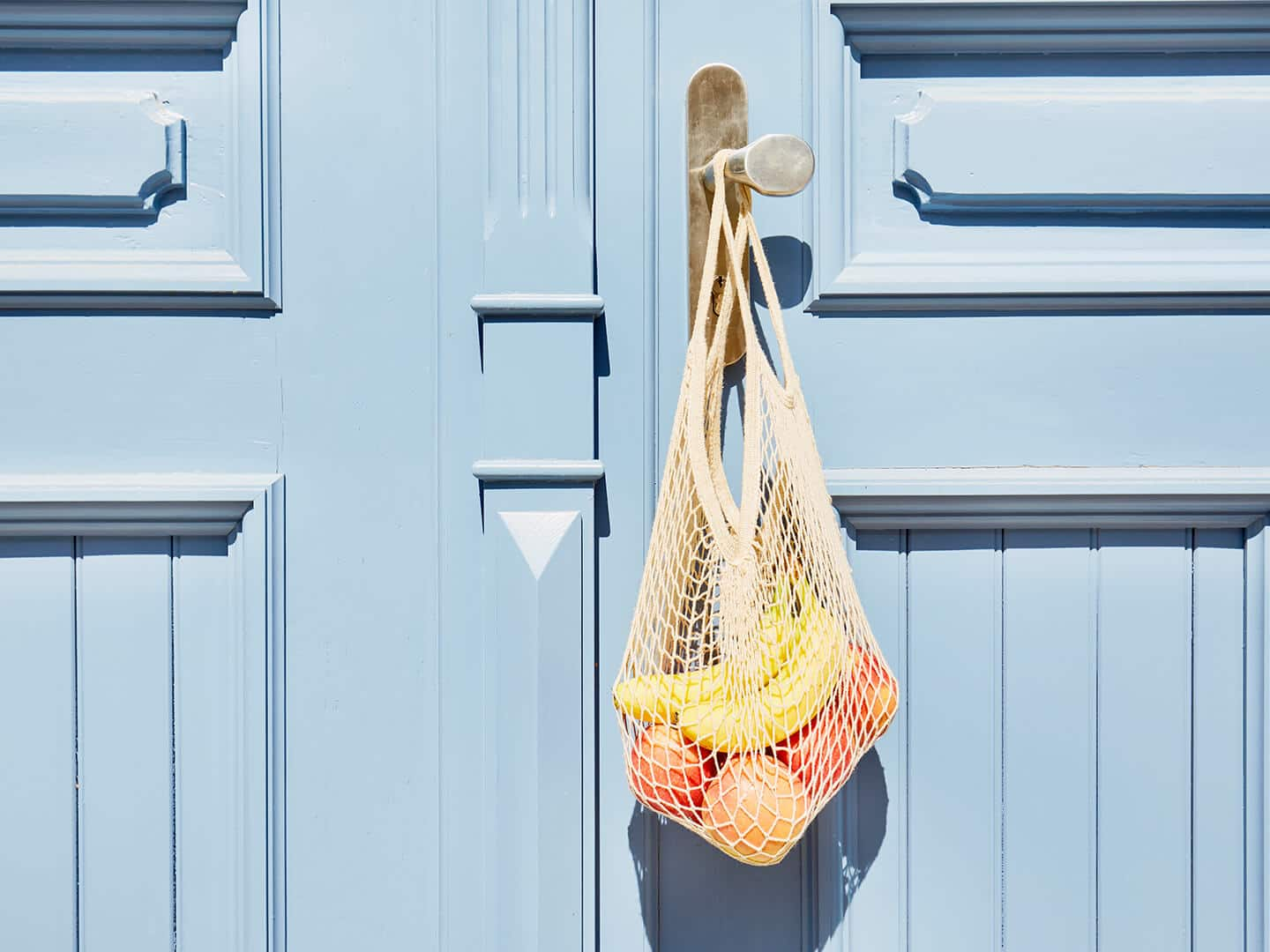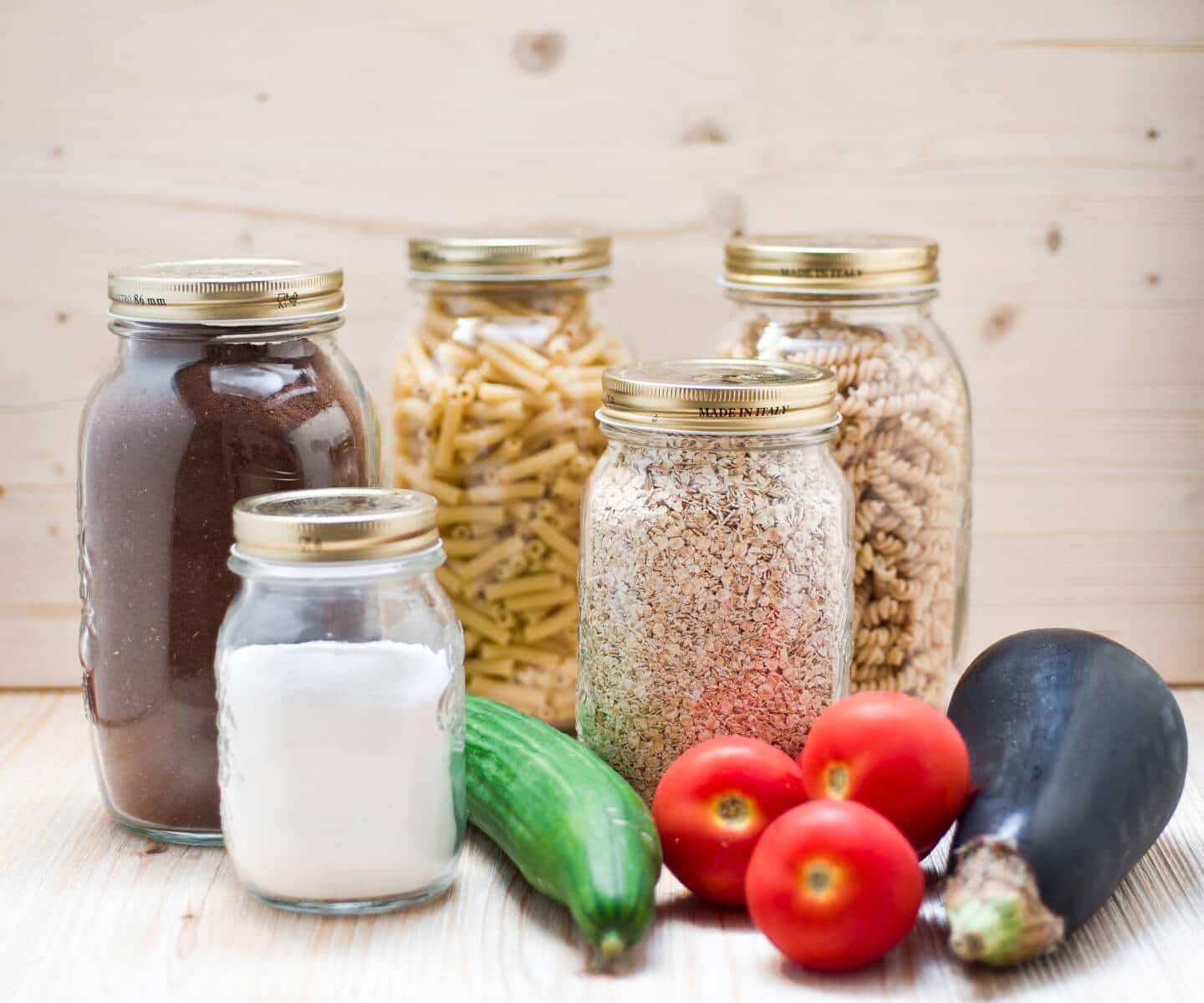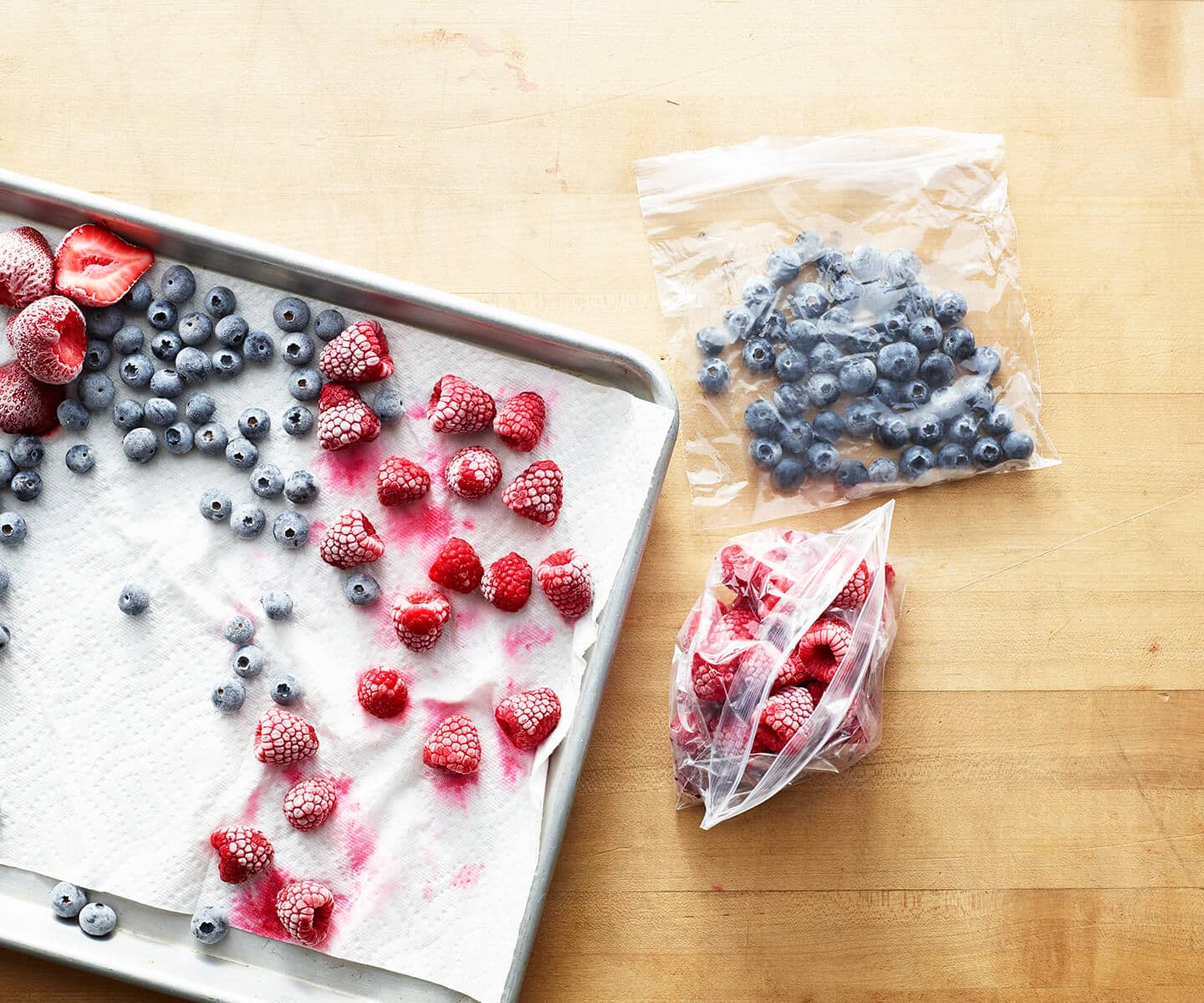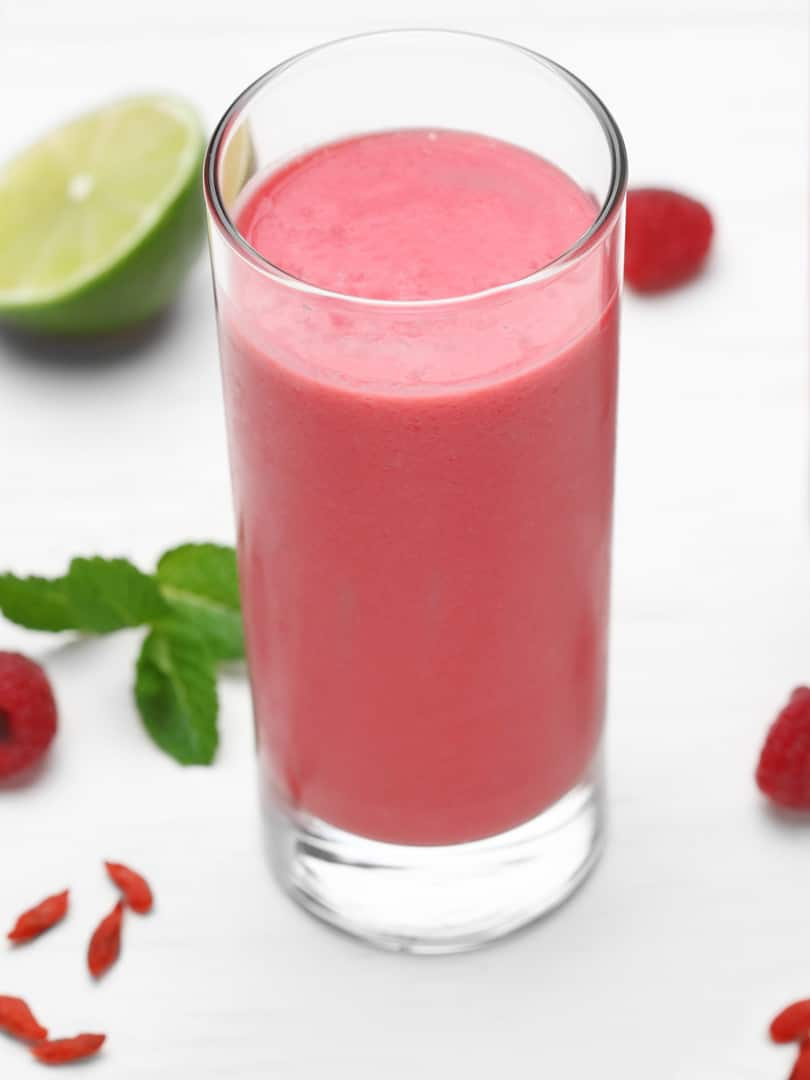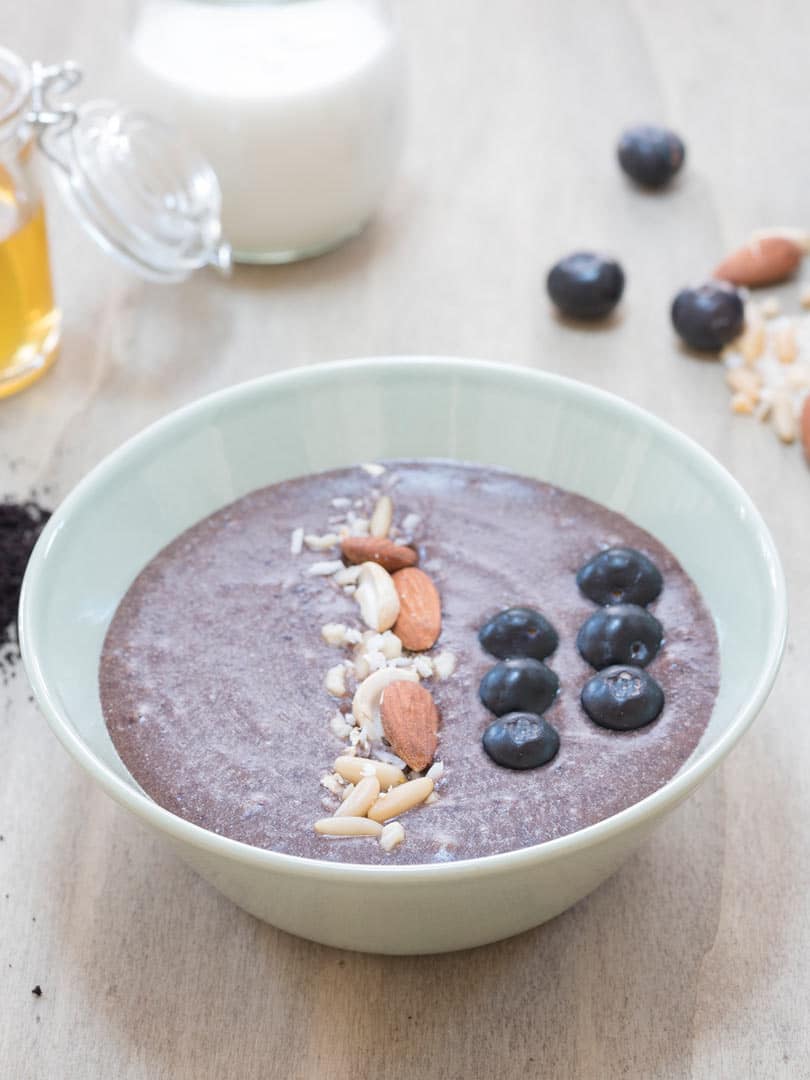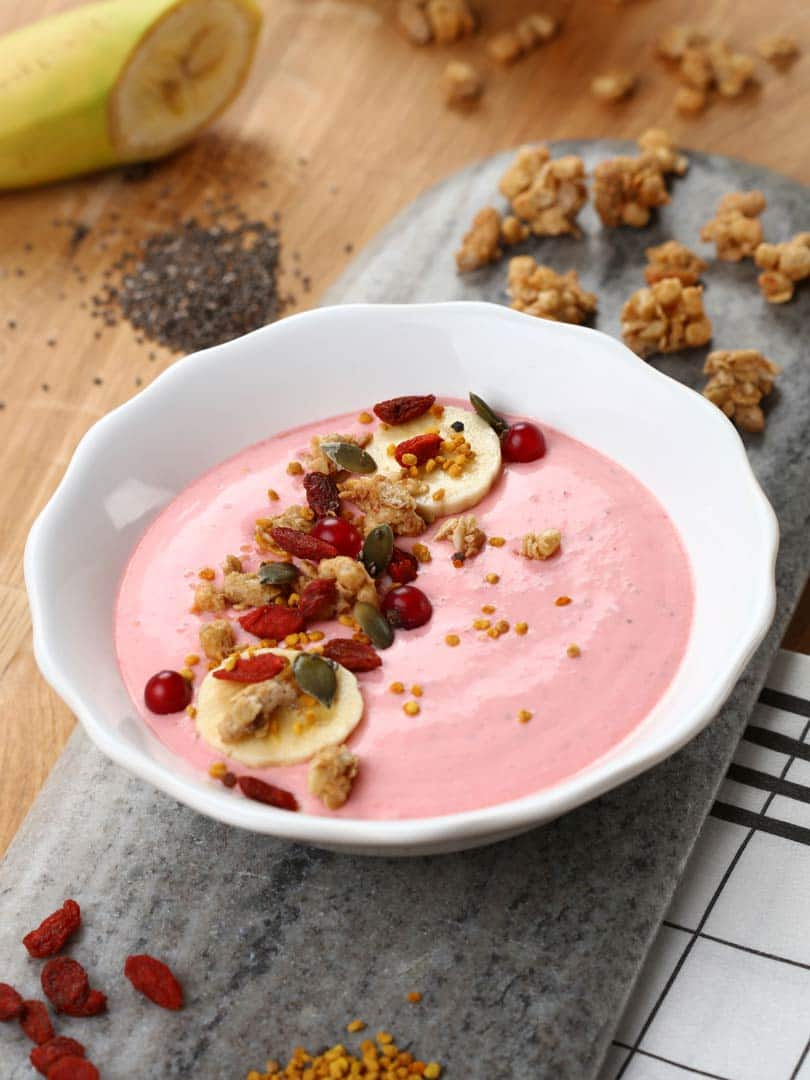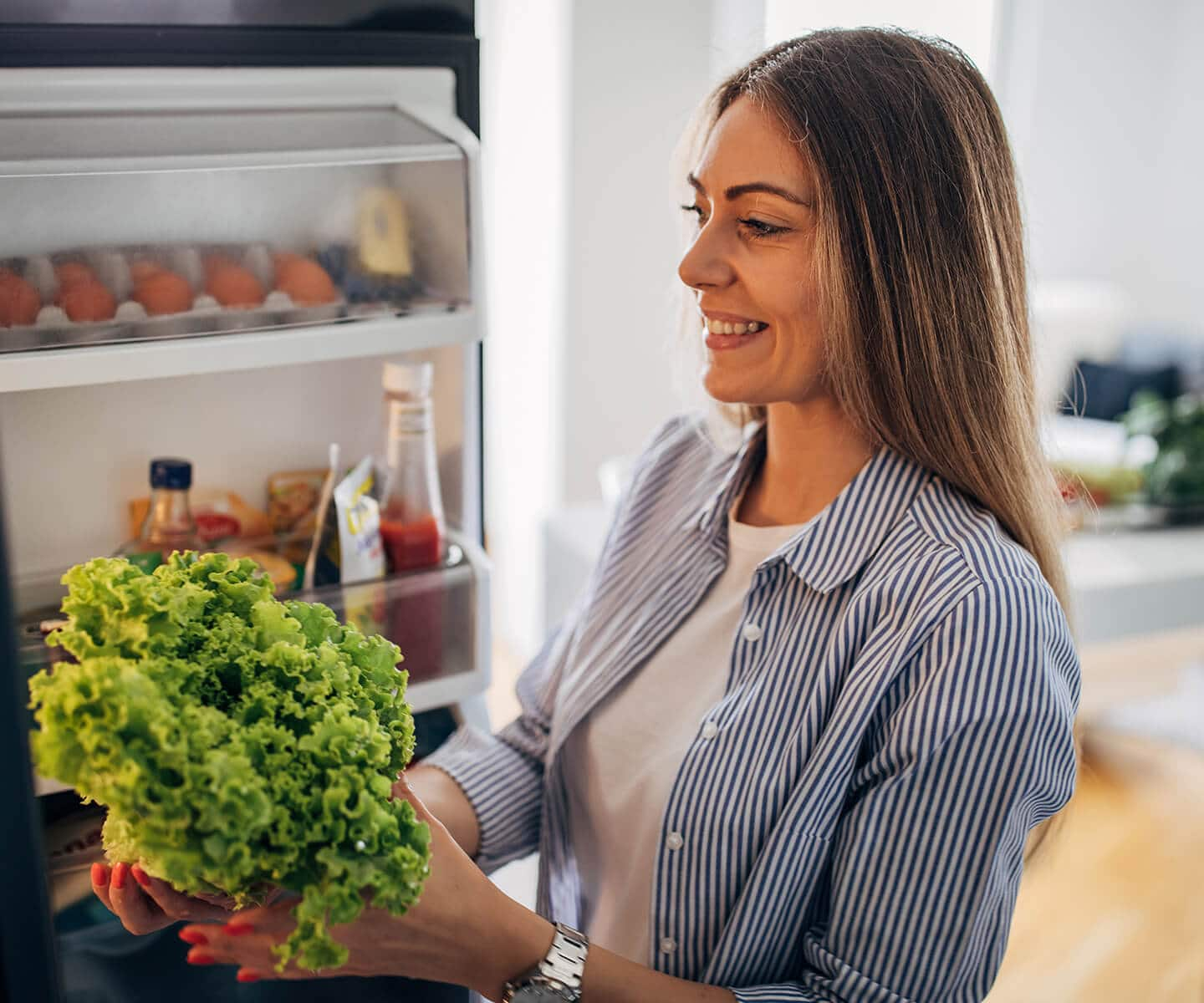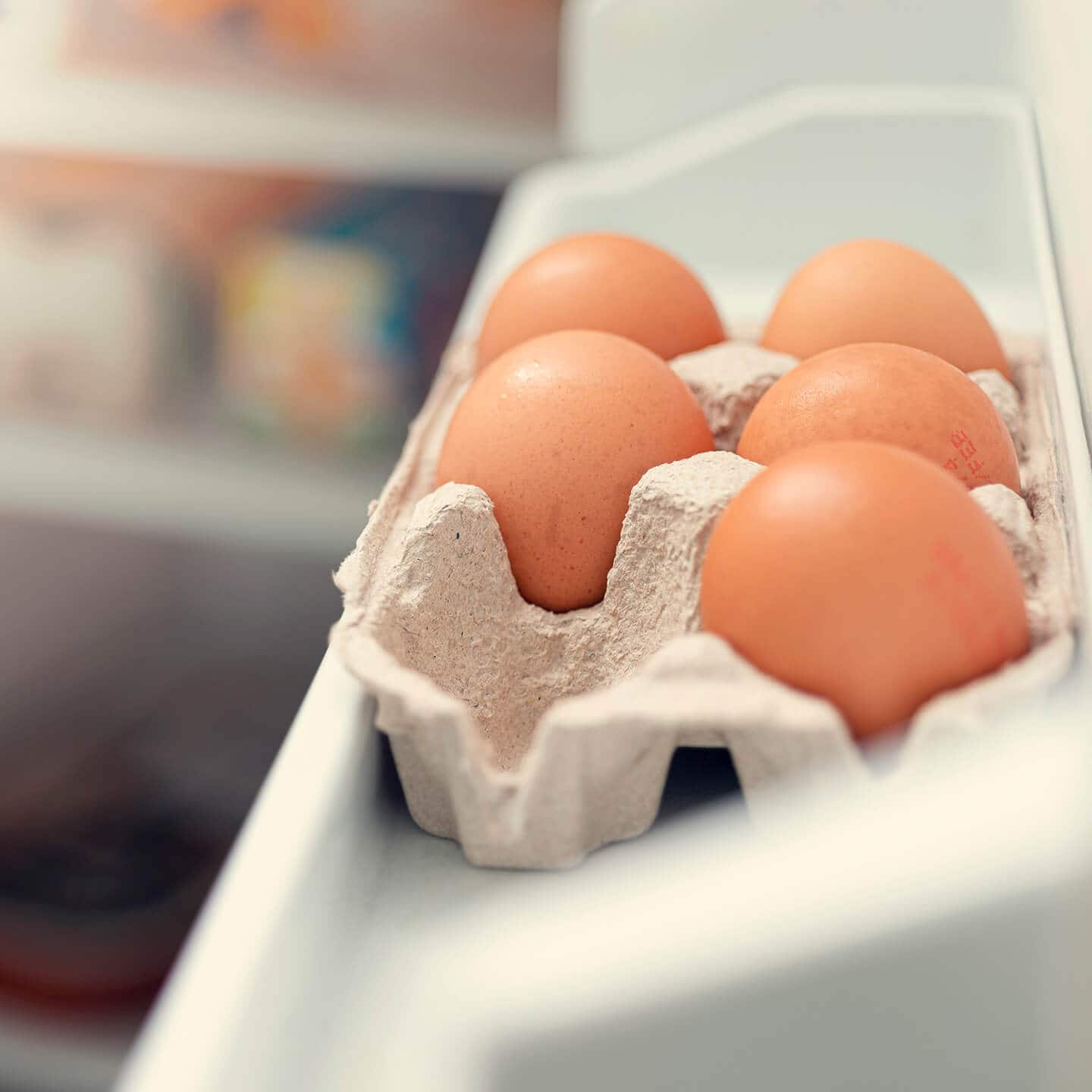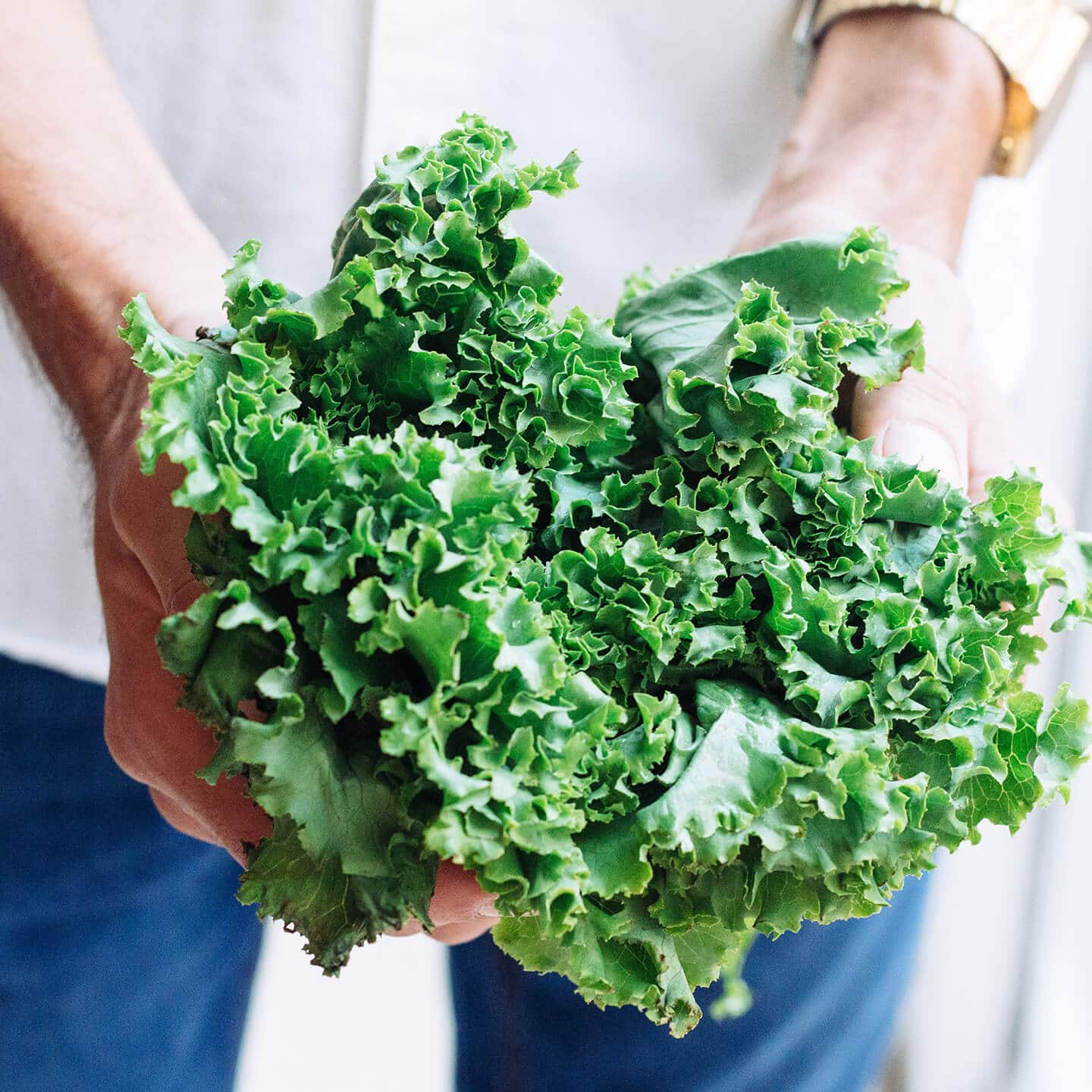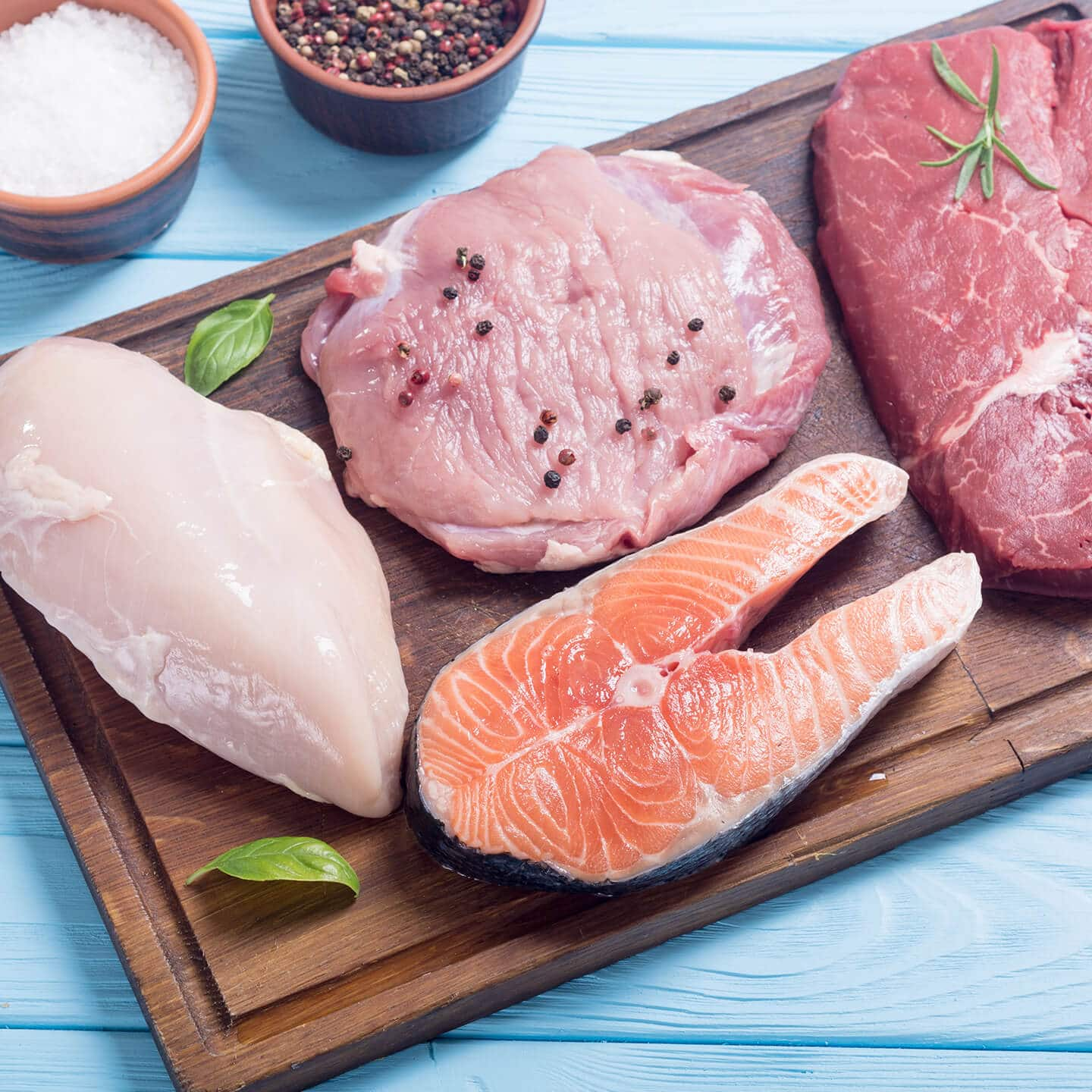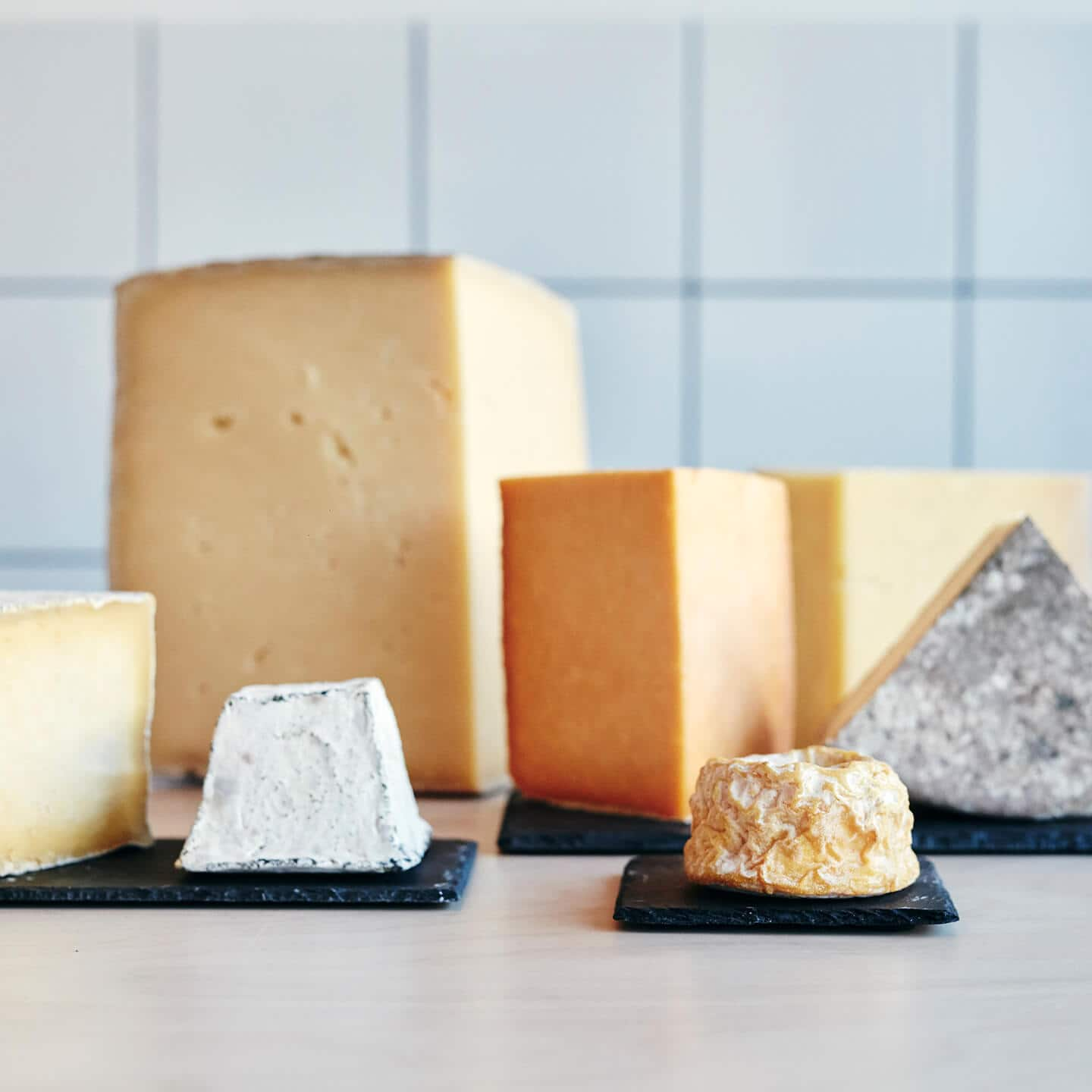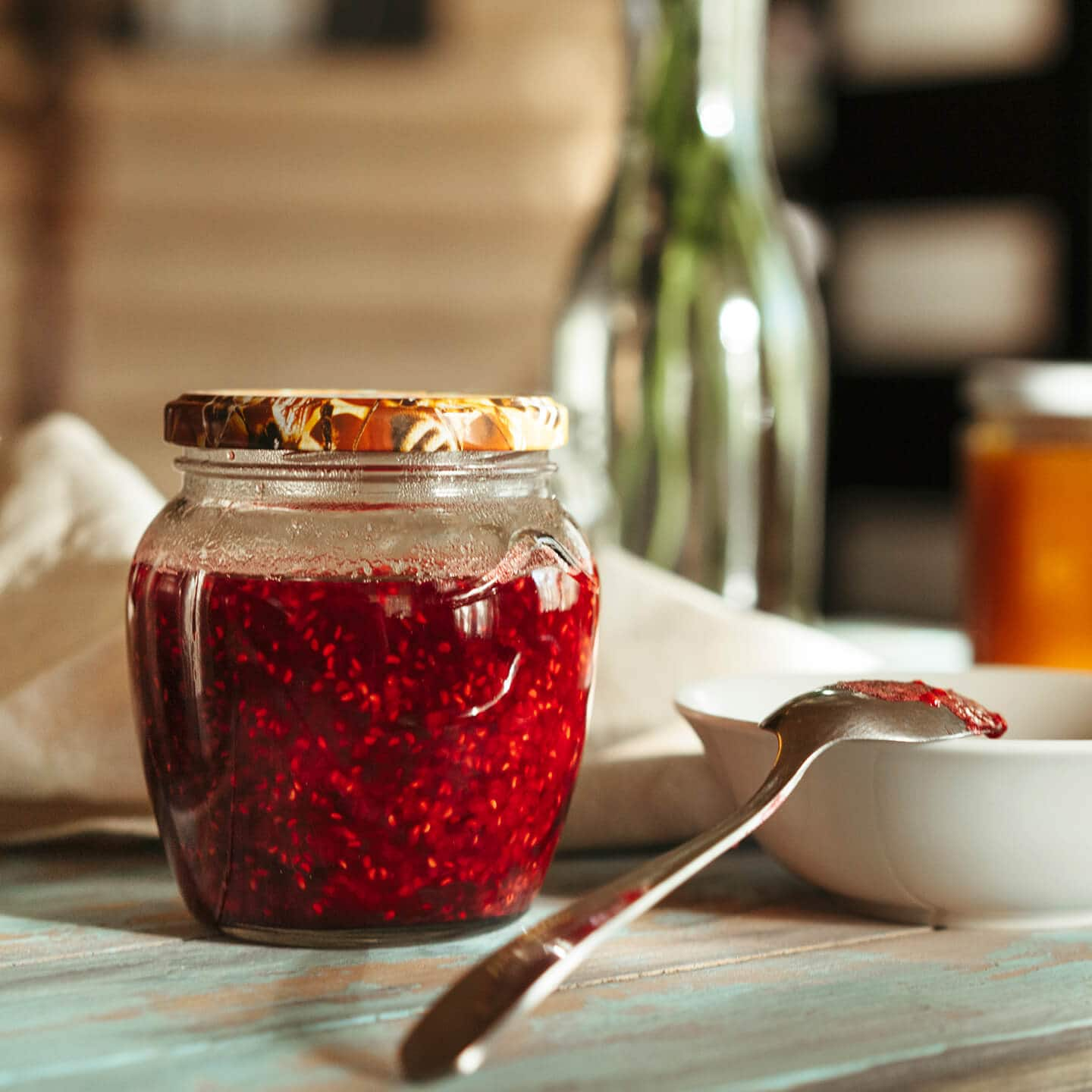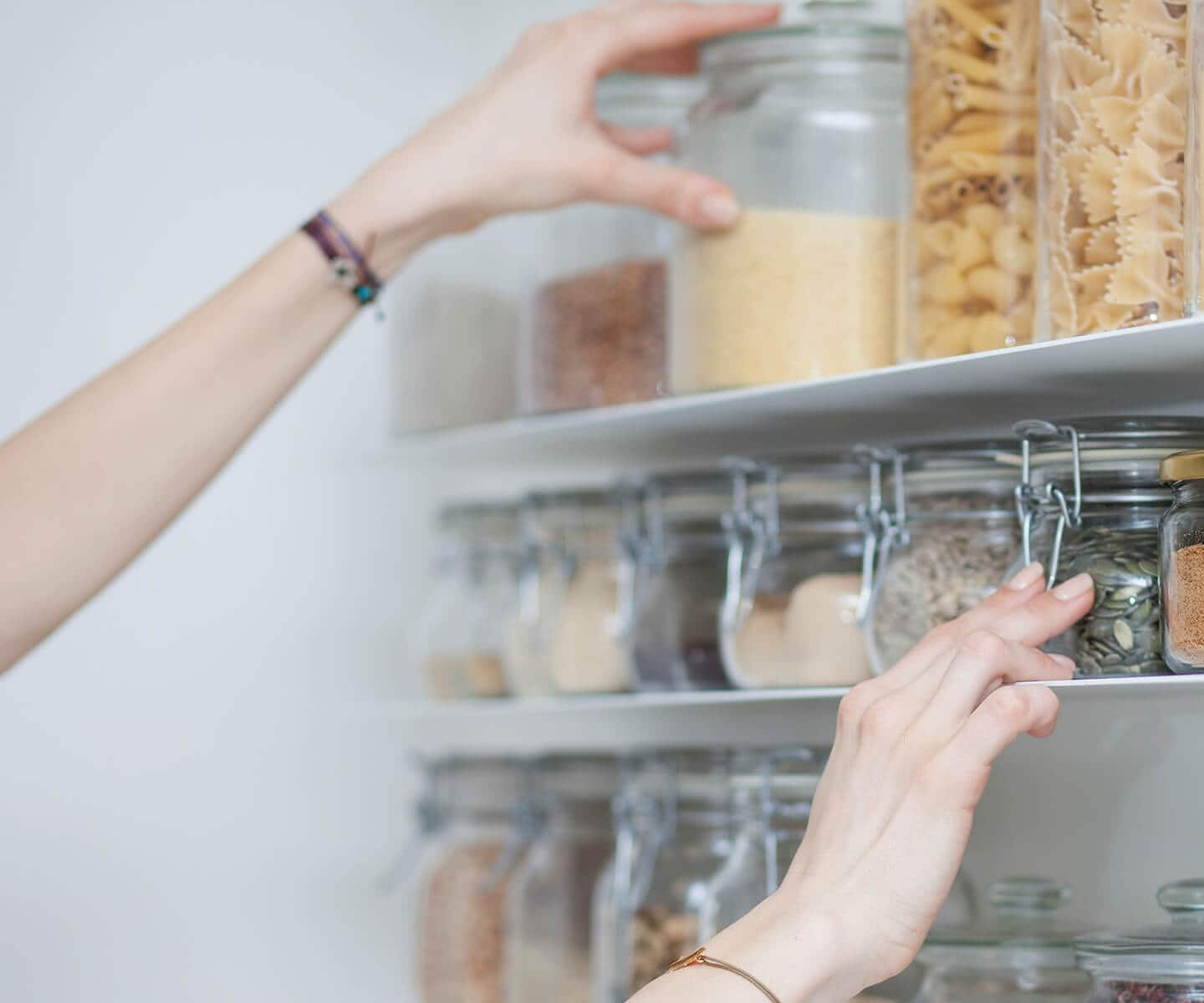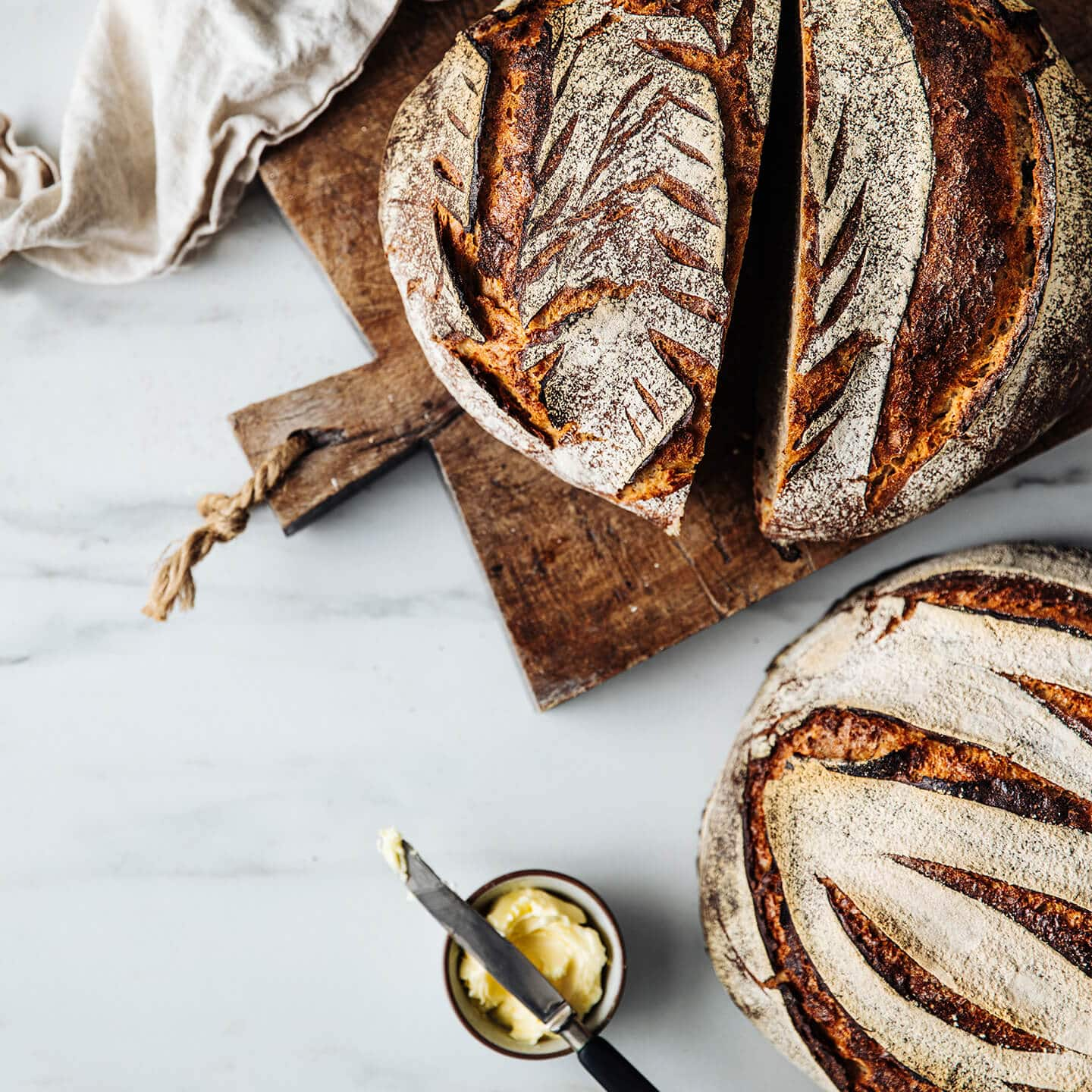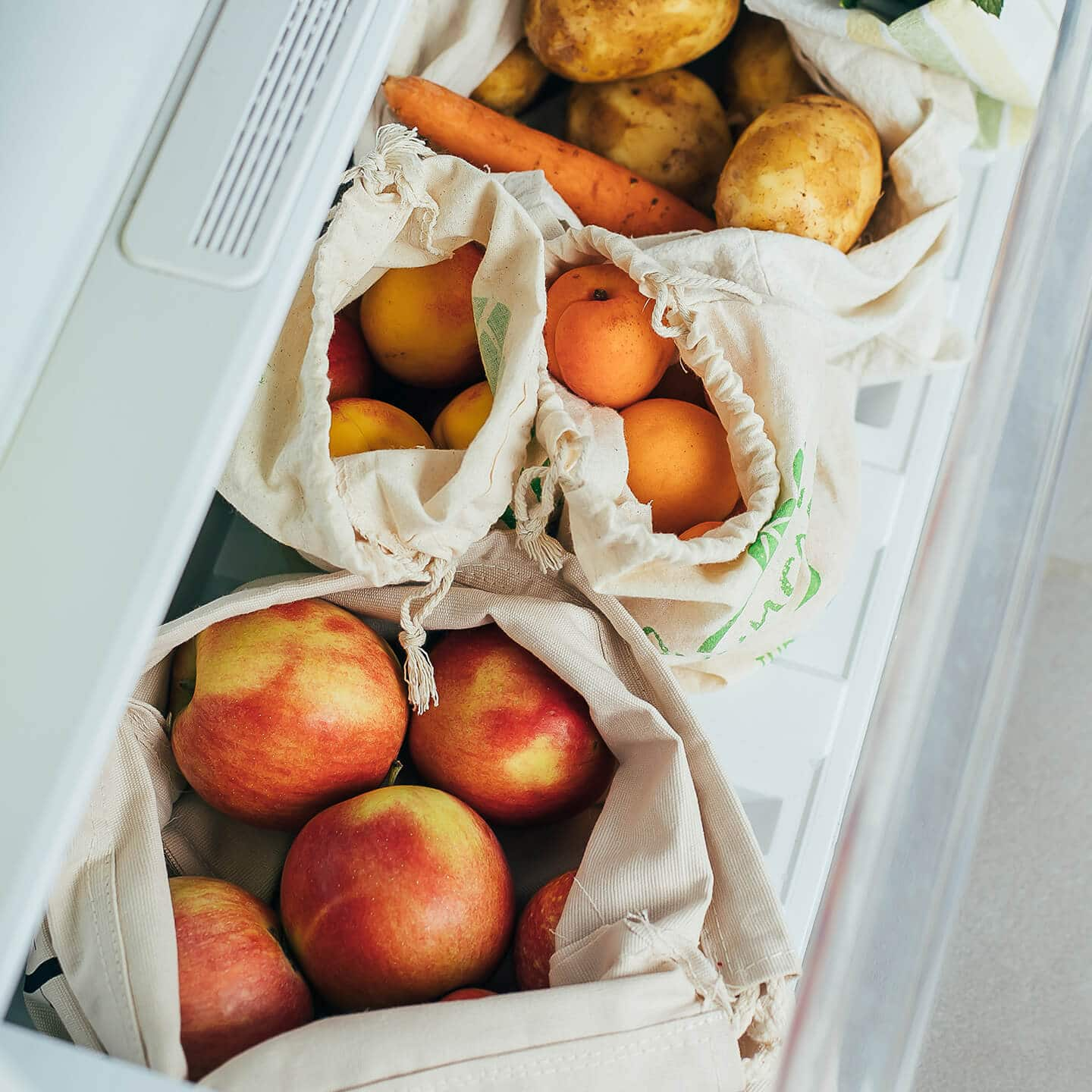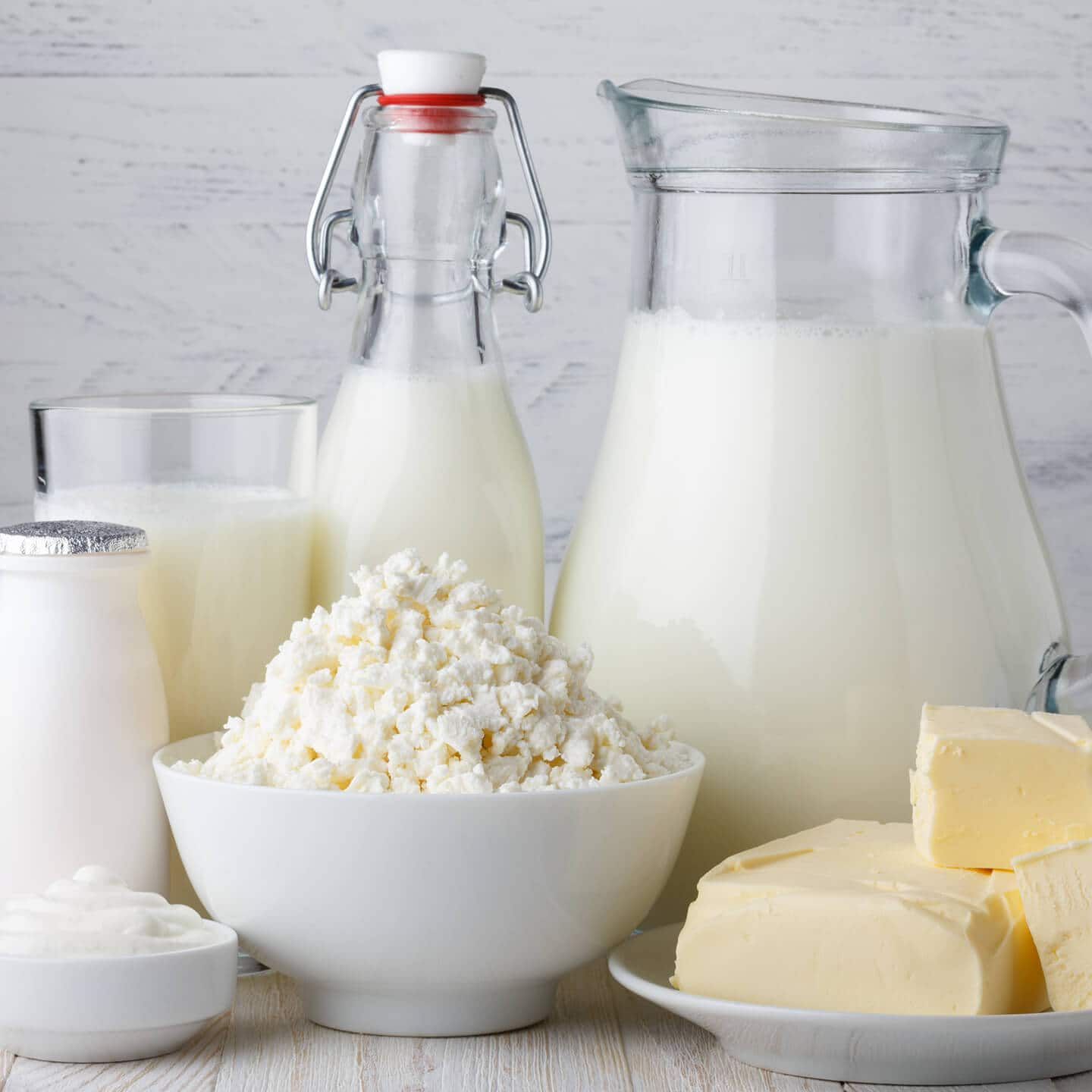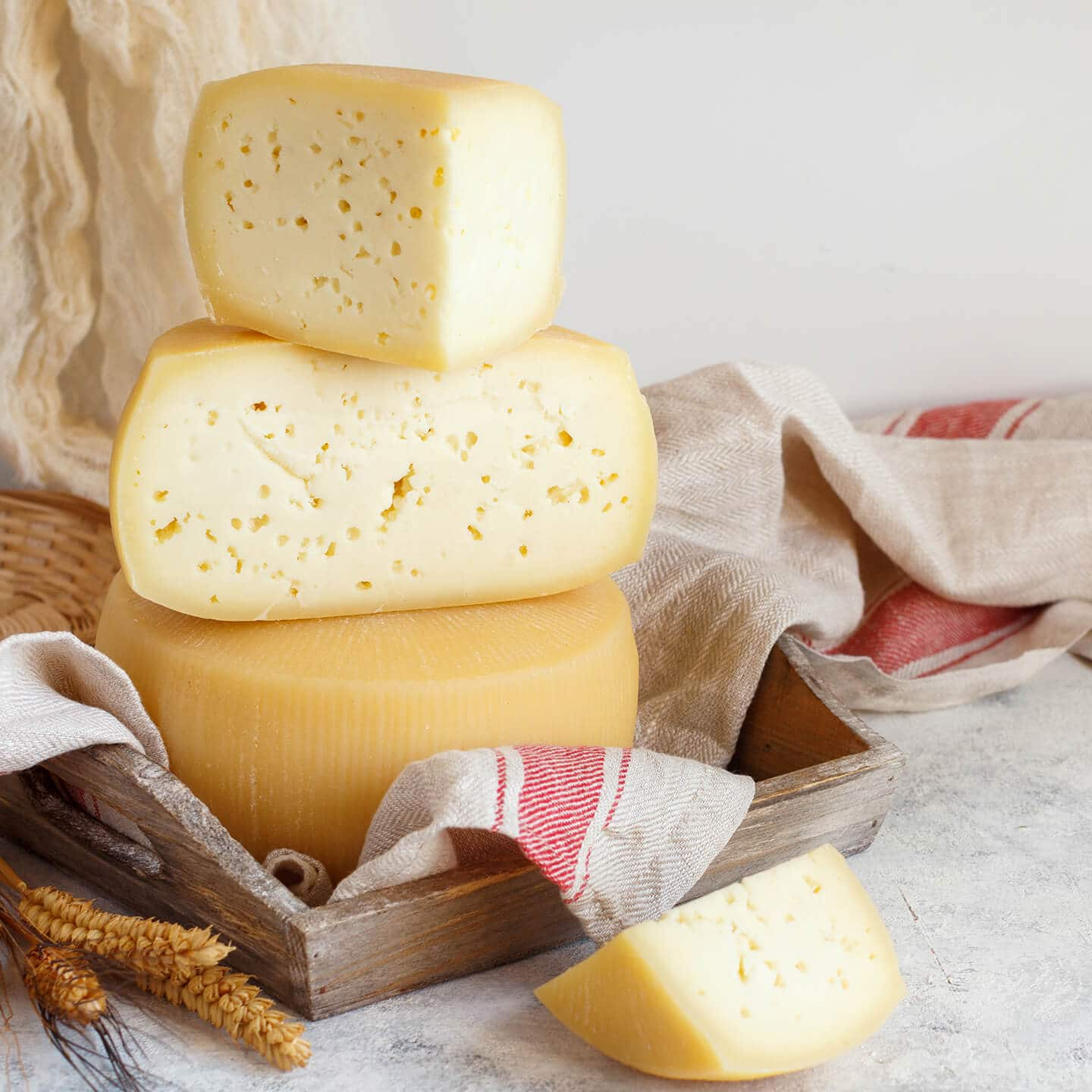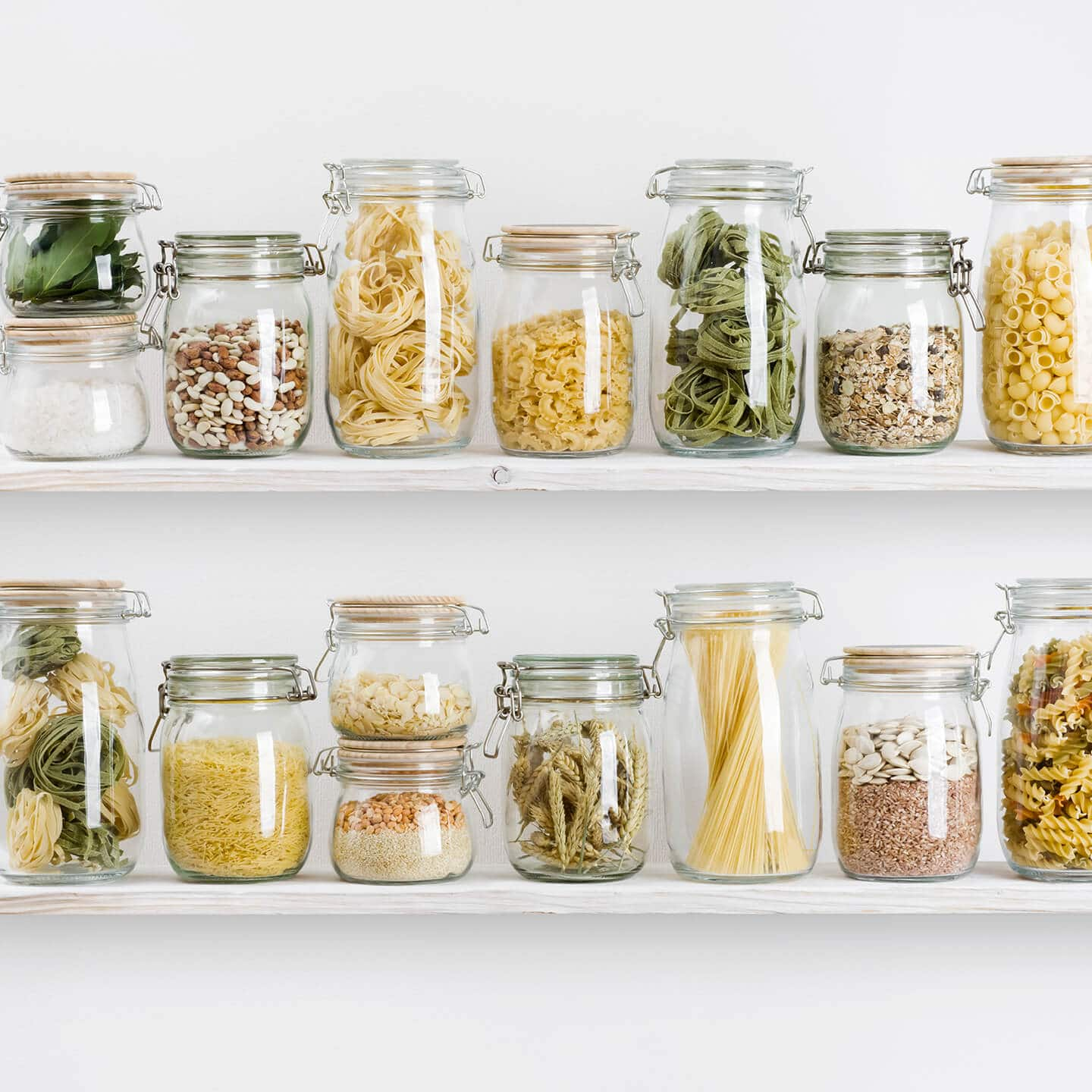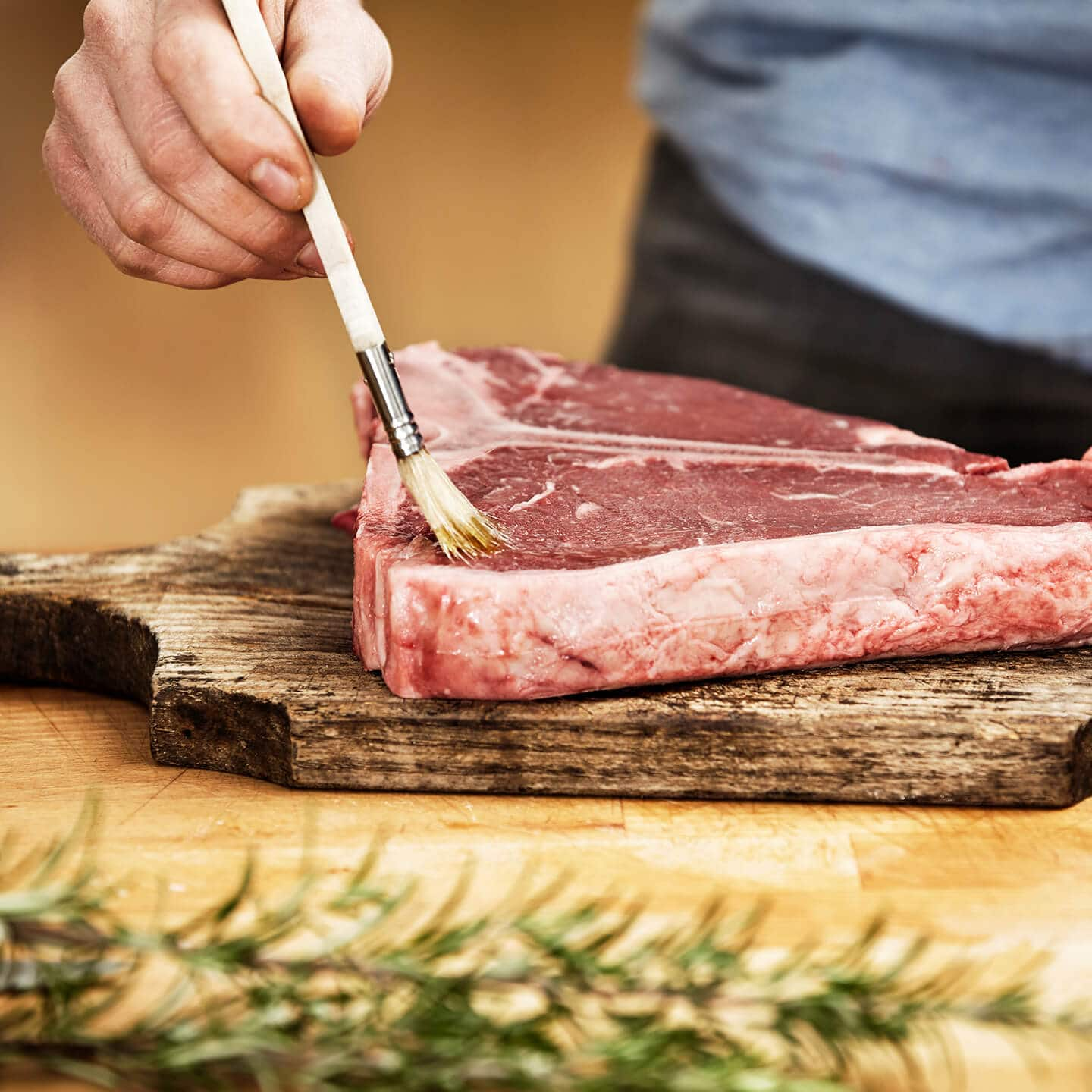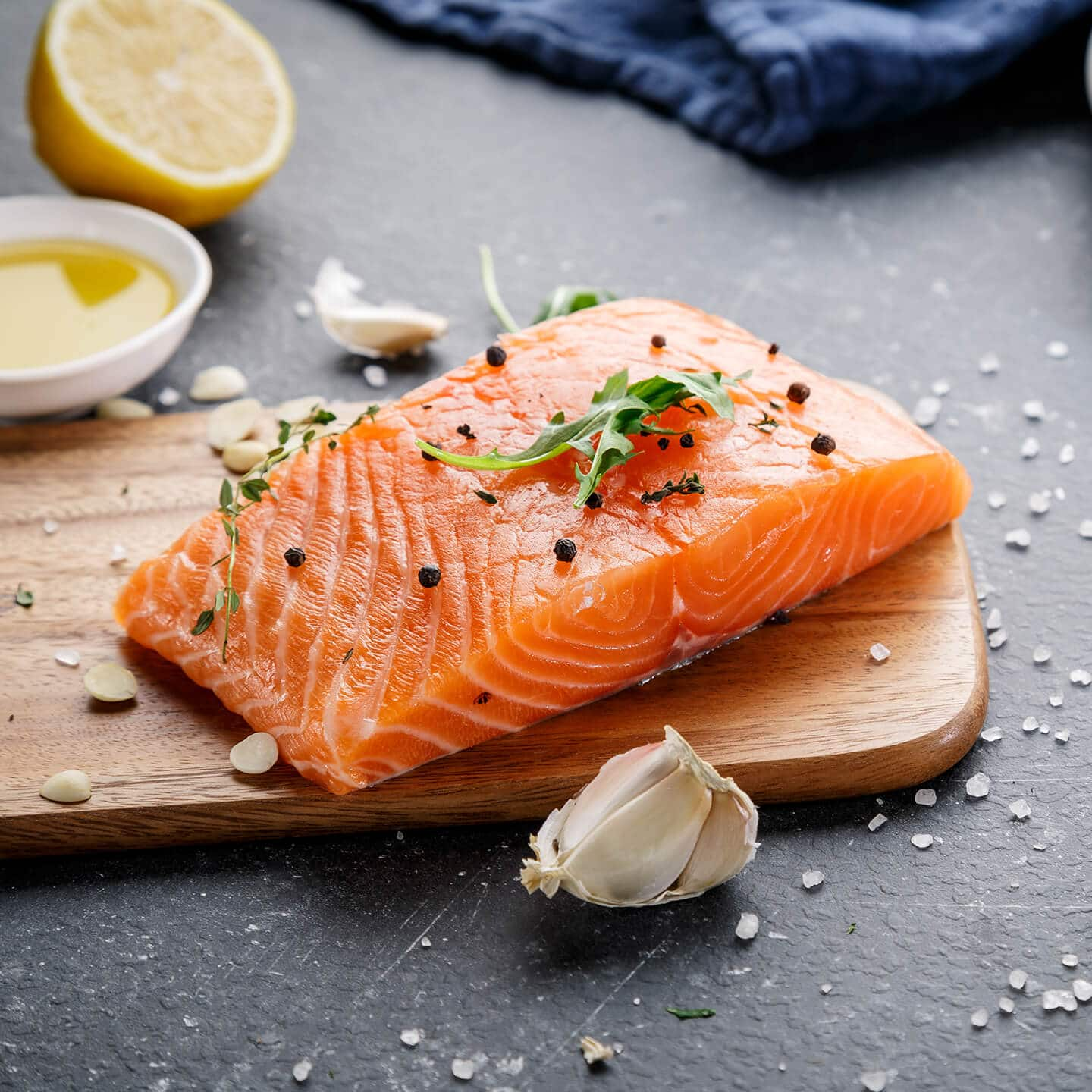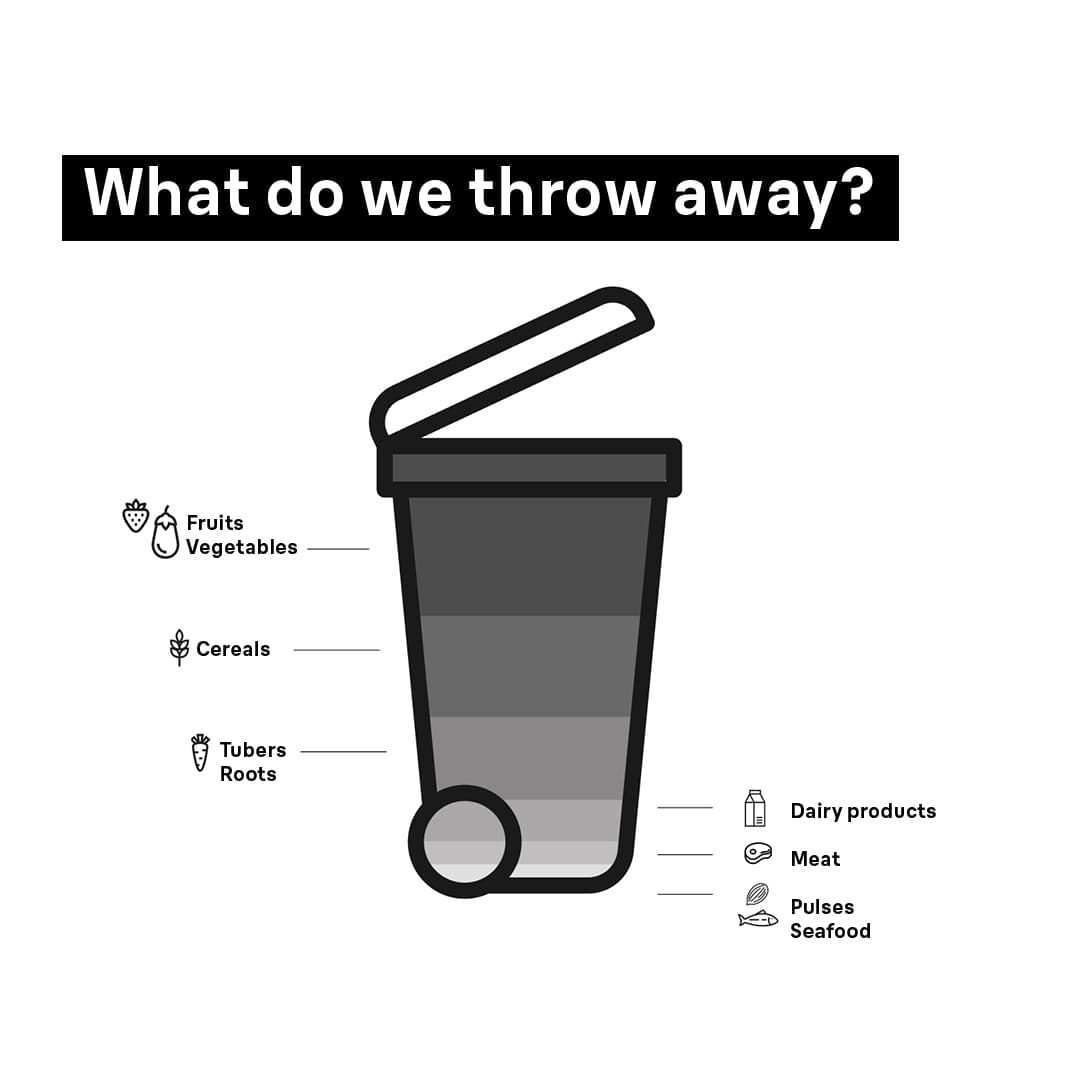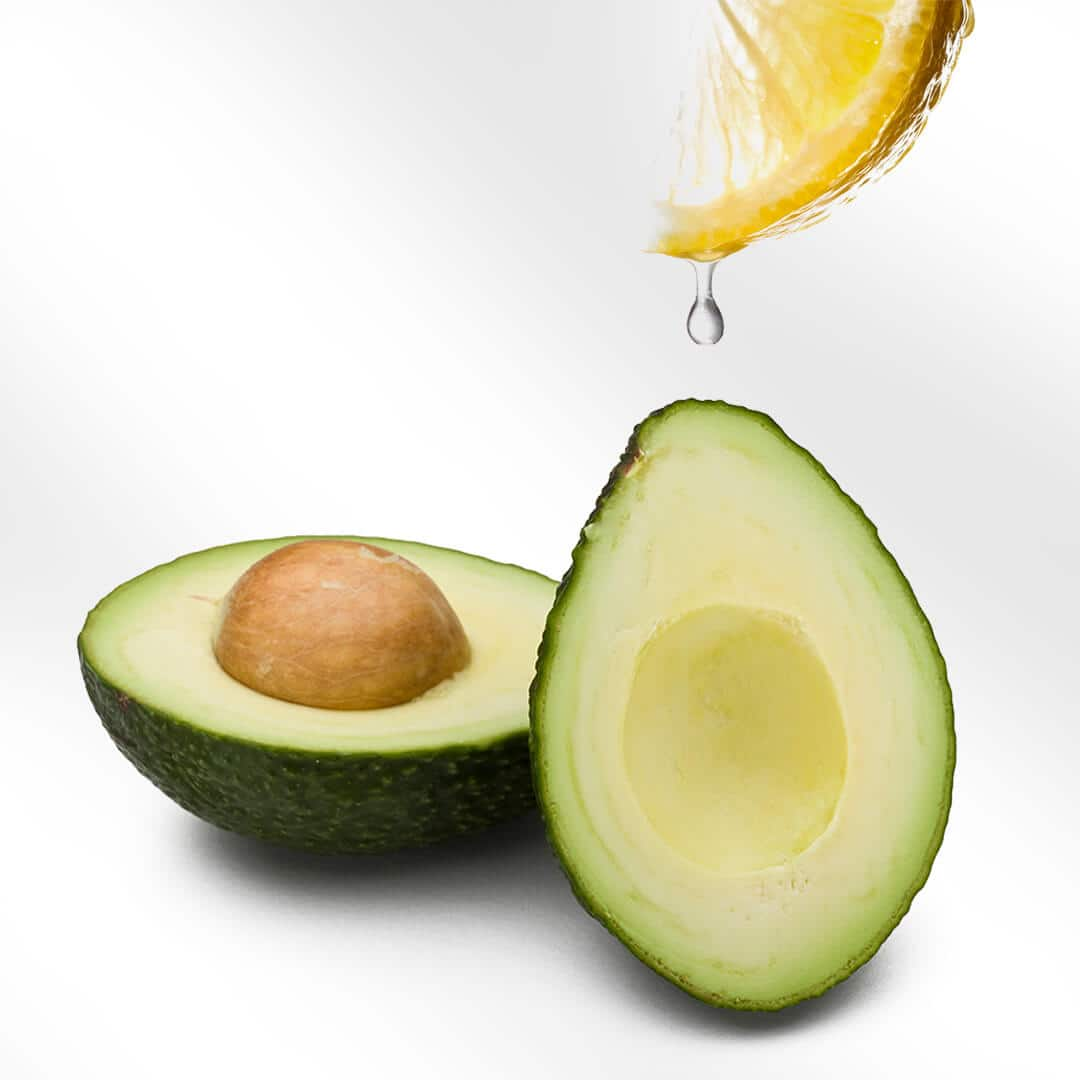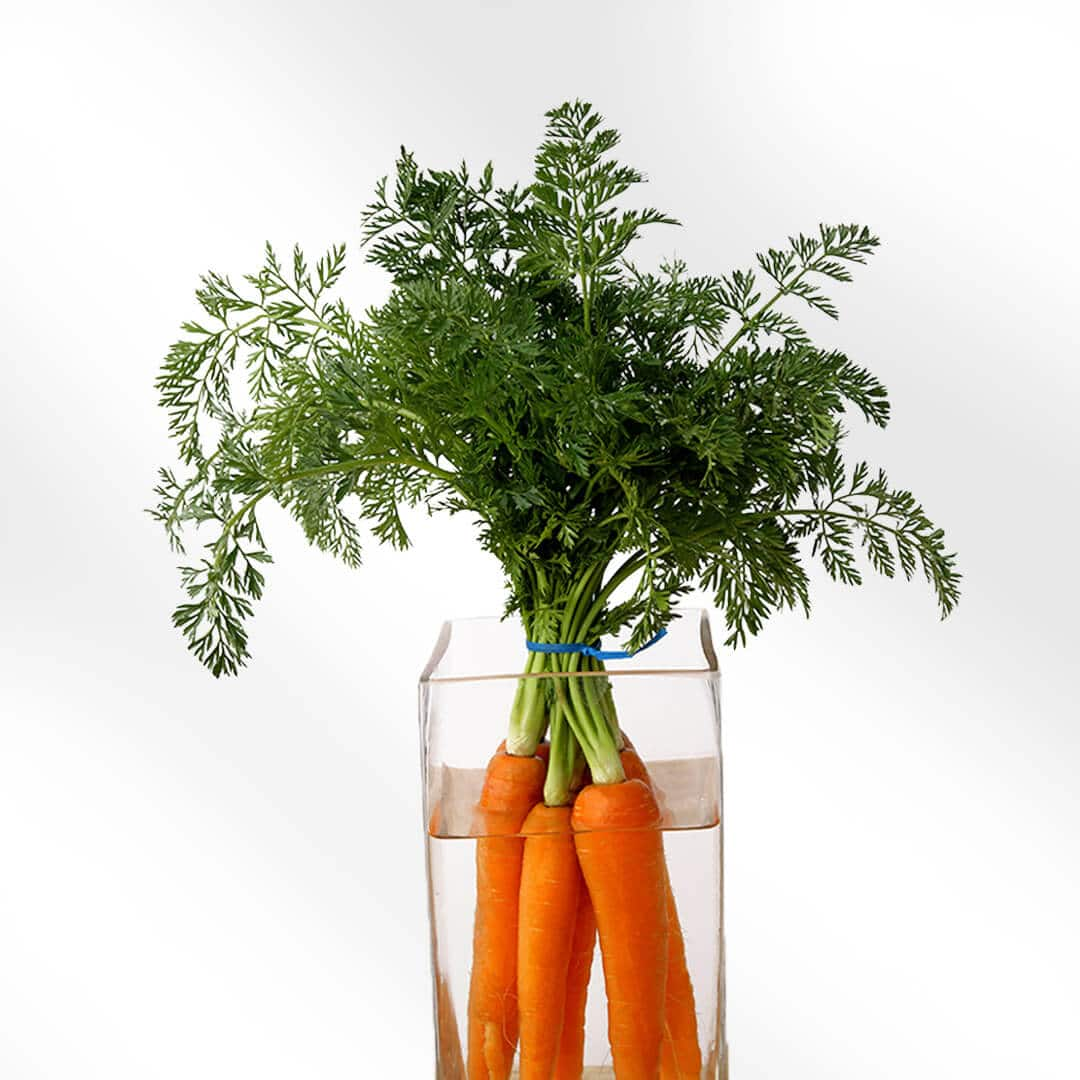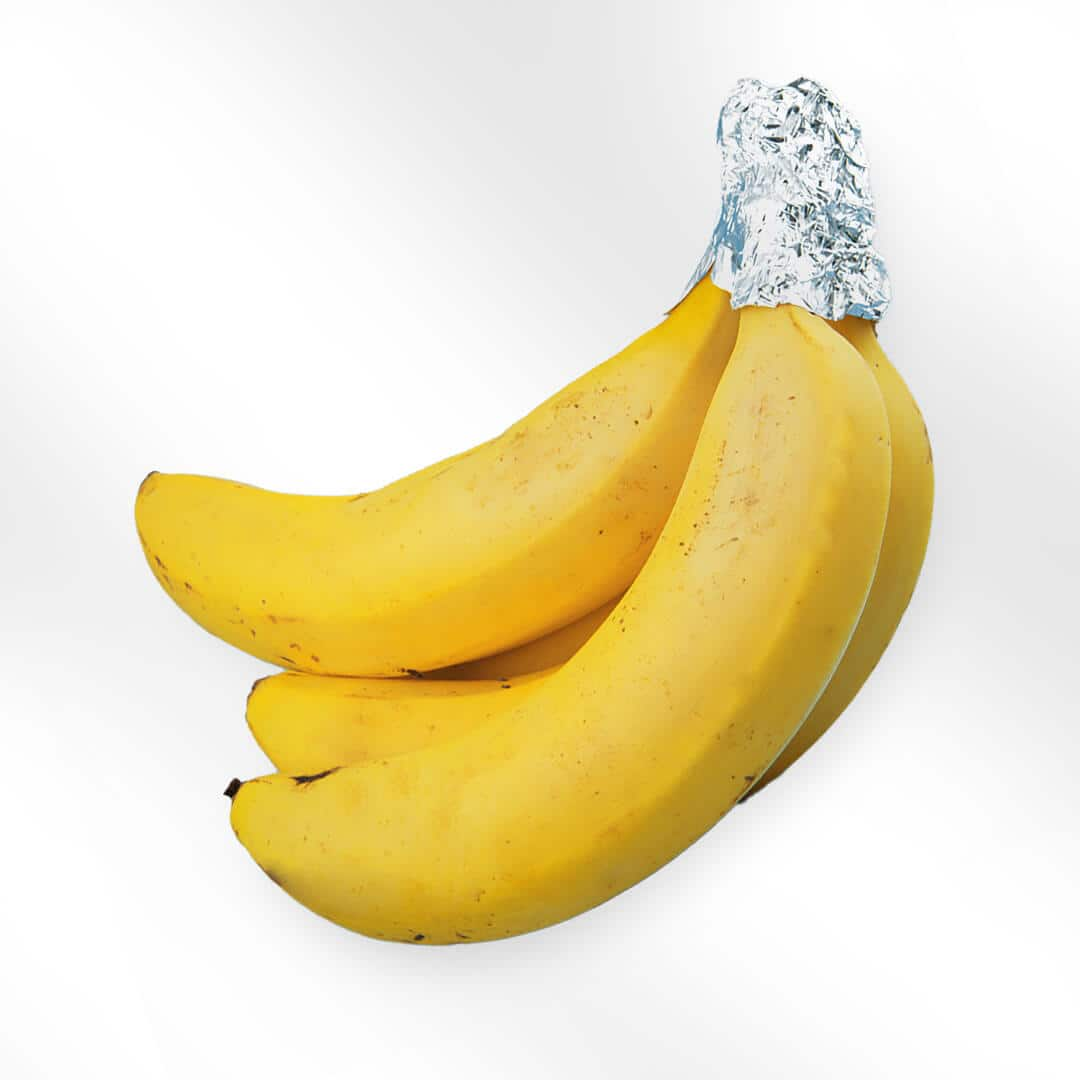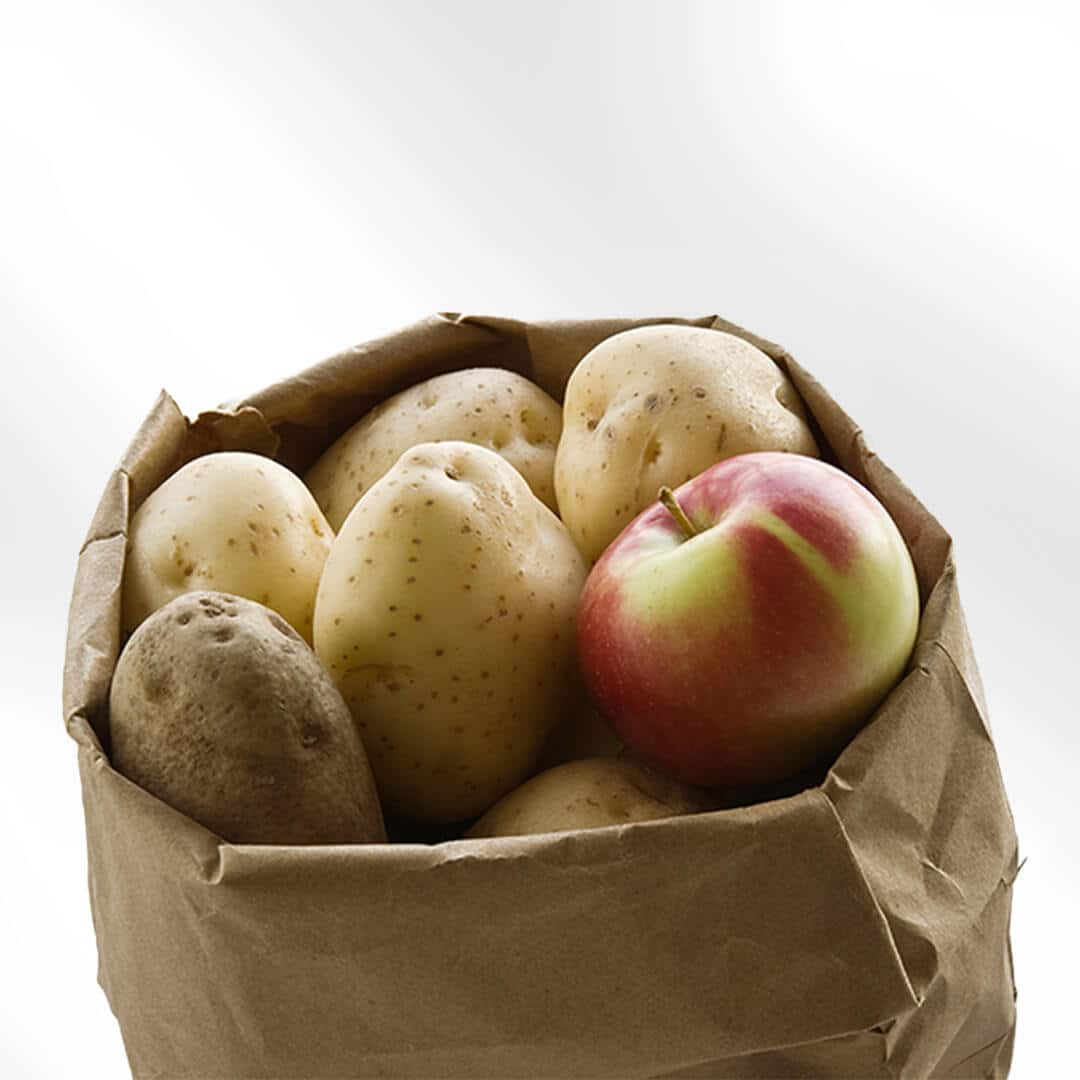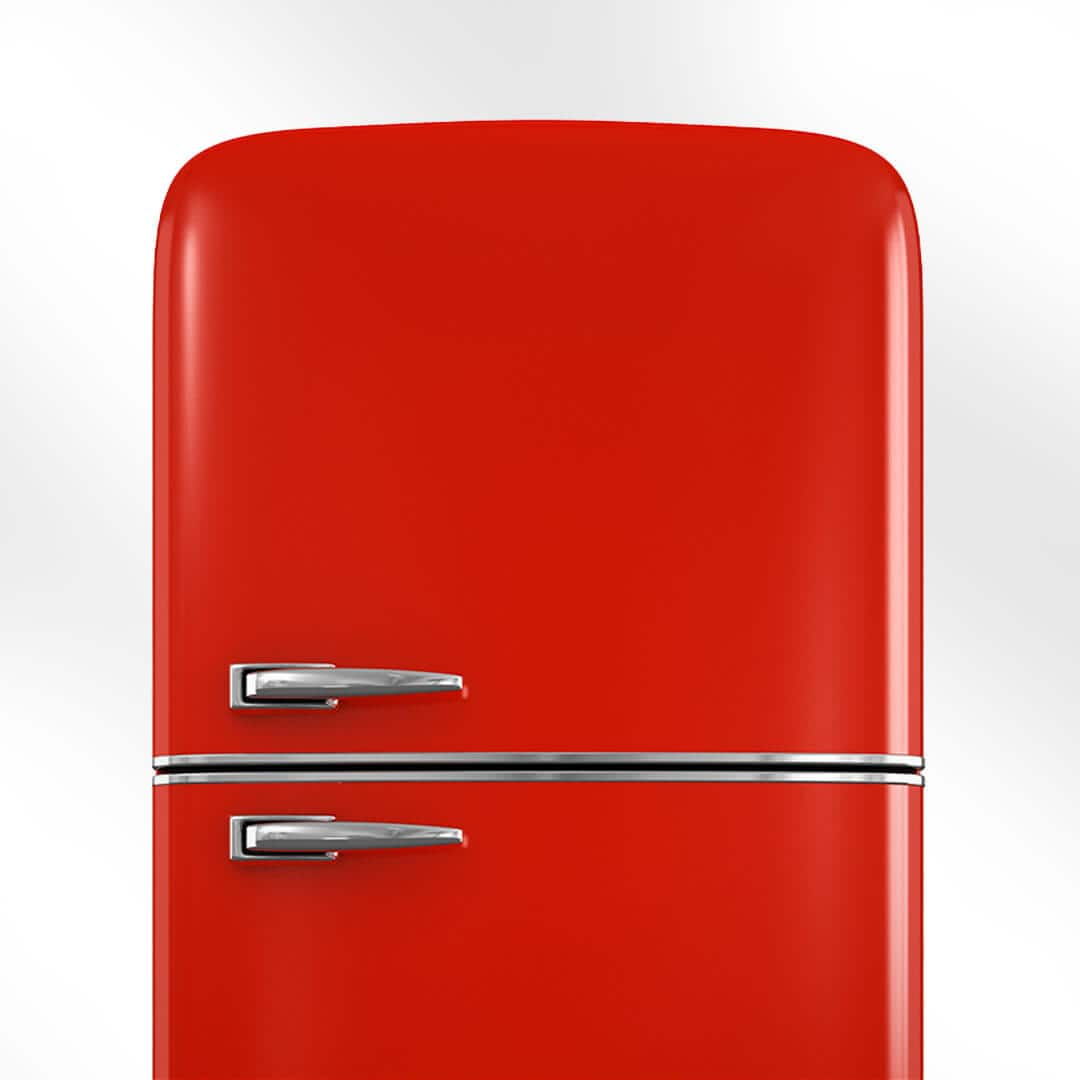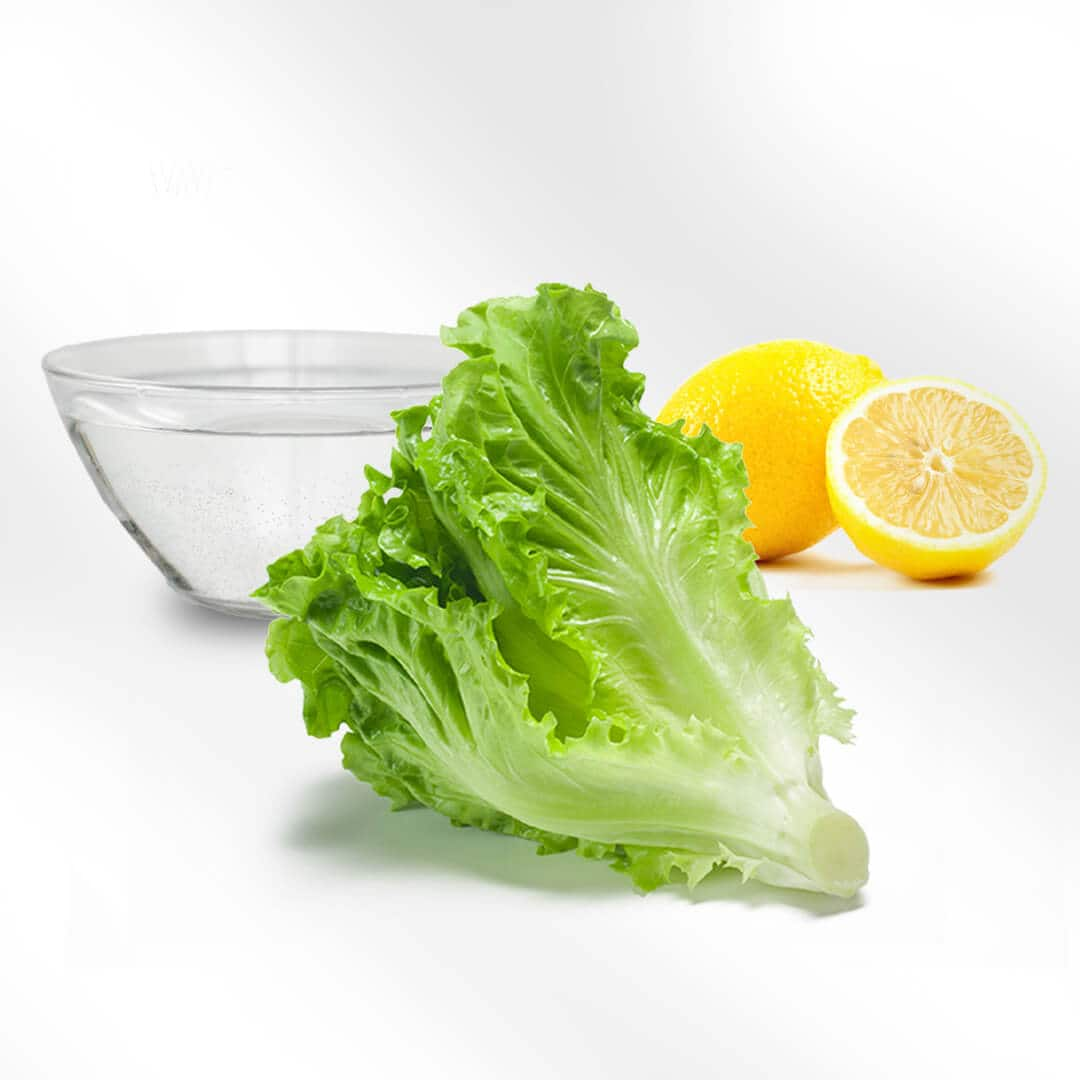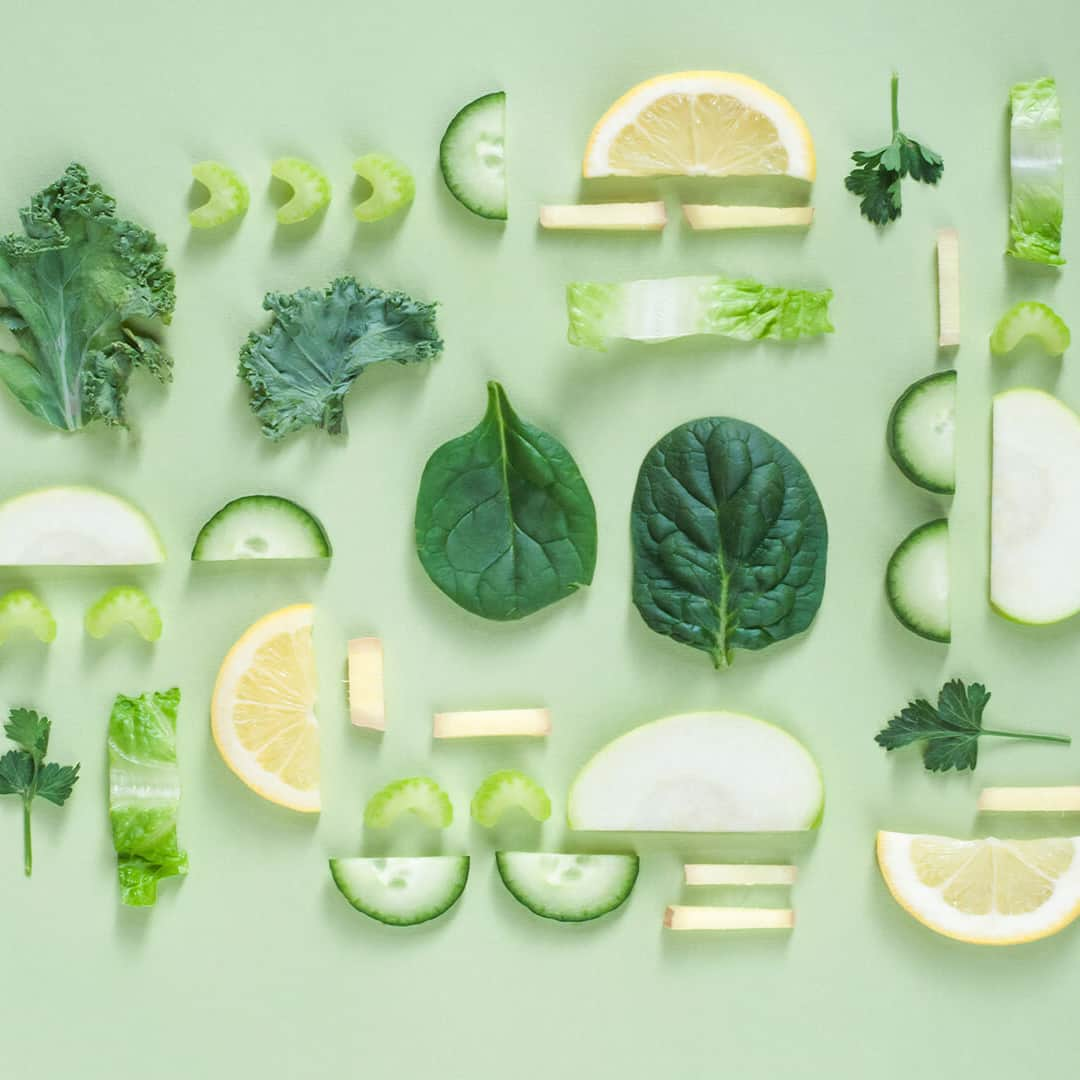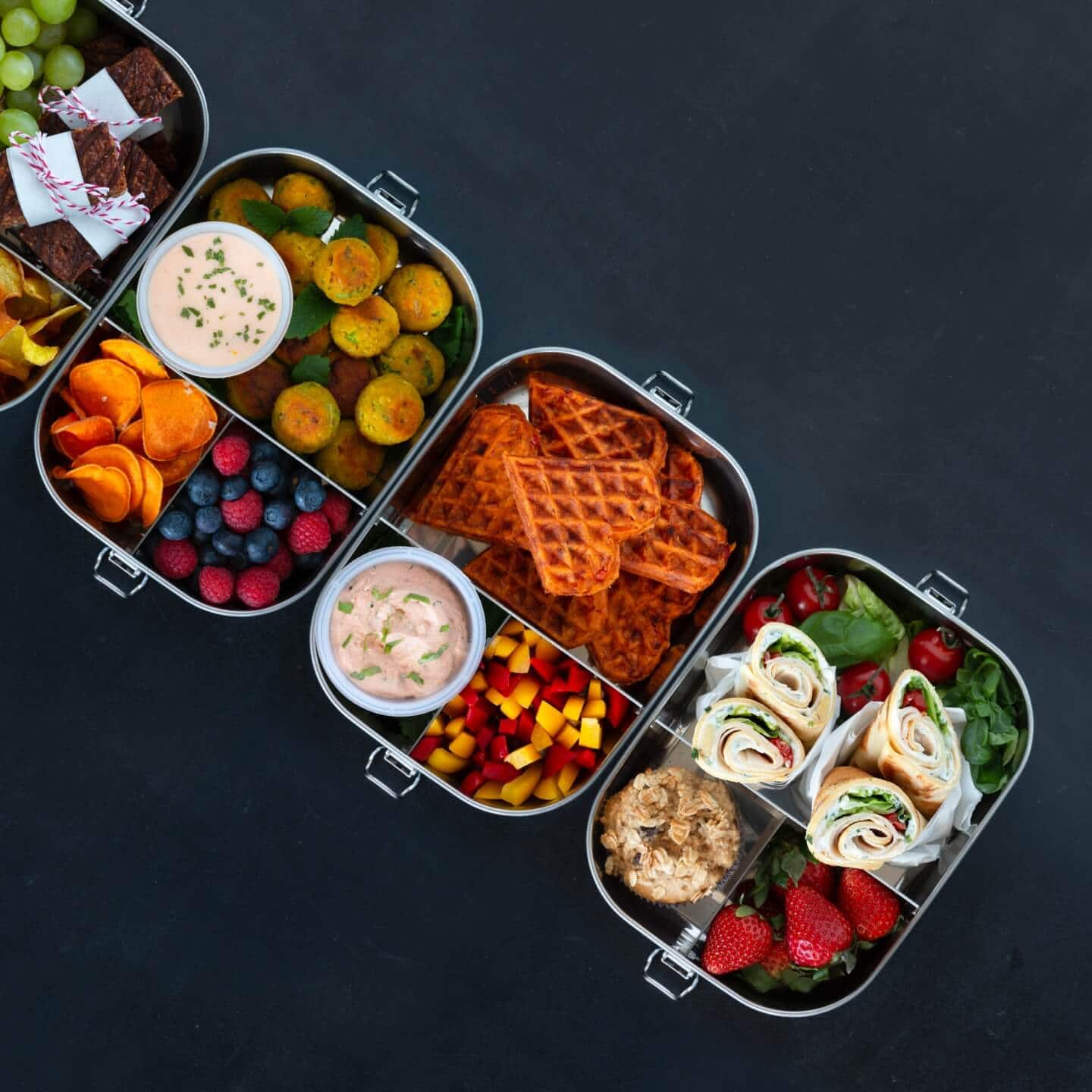Fruit & vegetables
Apples, carrots, salad etc.: What belongs in the fridge and what doesn’t
Almost all vegetables can be stored in the fridge. Aubergines, tomatoes, potatoes and pumpkins are the only ones you shouldn’t keep cold. Fruit is a little more complicated. Some types of fruit only stay fresh and retain their vitamins when chilled. Others, however, are very sensitive to the cold. As a rule of thumb, you should chill indigenous fruits like apples, cherries and plums. Exotic fruits like mangos, bananas and citrus fruits don’t belong in the fridge. Exceptions to this rule are figs and kiwis, which are quite at home in your crisper drawer.
Over time, some fruits and vegetables develop a ripening gas called ethylene. This causes other fruit and vegetables nearby to age and spoil more quickly. The highest ethylene producers include apples, apricots, plums and tomatoes. For this reason, it’s best to keep them separate.






